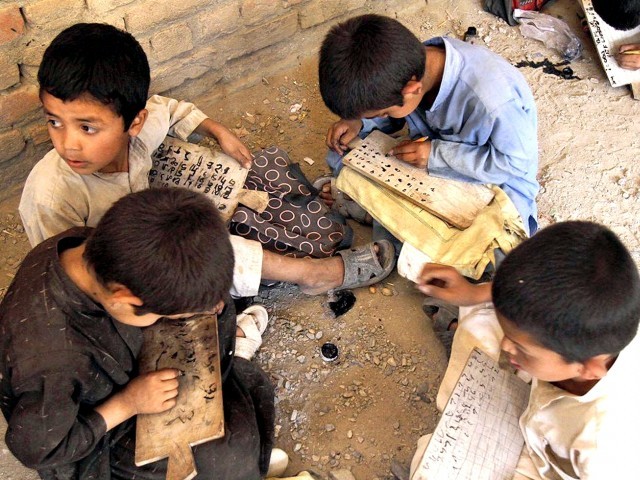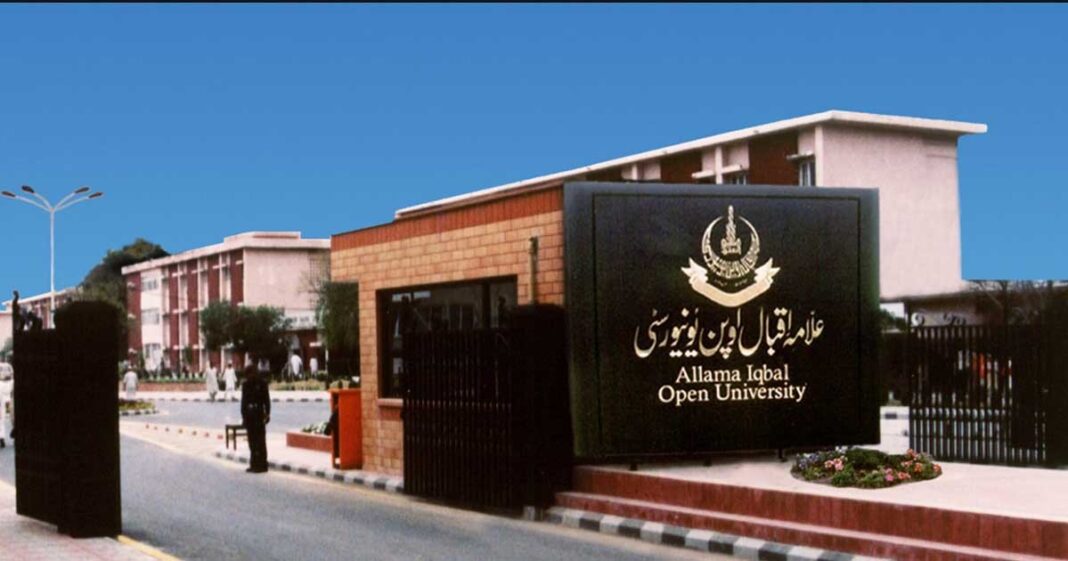By: Dawood Khan
Pakistan is the sixth most populous country in the world out of which 23 million children are out of school. This is the second-worst figure in the region, after the war-torn country Afghanistan. The literacy rate inside the country varies from province to province vis-à-vis the rural-urban divide. On one hand, the literacy rate of Punjab is approximately 70 percent and on the other Balochistan is facing a drought in education with a literacy rate of 38 percent only. Keeping in view articles 25-A and 37-B of the 1973 constitution, all children (age between 5 to 16) ought to receive education as compulsory with the latter article reinforcing the former one. After the 18th amendment in the constitution, education is a provincial subject now; however, the crisis in the education sector of the country prevails in the same fashion as it was before. The development of a nation primarily varies directly with two points i.e. literacy rate and quality education. Therefore, giving priority to a few points, at least, had better minimize the illiteracy rate and ensure the provision of quality education. Hence, it is critical to focus on the latent issues to encounter them before it is too late. This would also help Pakistan get into the list of developed countries.
The initial move should be a zero-tolerance policy on child labor. It seems trivial at first glance but in actuality, this is the real player that boosts the illiteracy figures in the country. The higher the child labor is in a region the greater is the illiteracy rate there. For instance, the literacy rate in Islamabad is 85 percent and it is 23 percent only in Torghar-one of the districts of Khyber Pakhtunkhwa. Likewise, In Chaman (district of Balochistan bordering Afghanistan), many young teenagers are seen doing laborious work that not only deteriorates their health but equally kills their time contributing to estimating a dark future. Implementation of the aforementioned policy shall ensure the implementation of article 37-B as well. This move should also improve the literacy rate not only as compared to past figures of the years past, but it will elevate the country’s position amongst neighboring and regional nations in terms of the literacy rate.
Next, the government should immediately focus on the primary level of education i.e. Grade 1 to 5. According to researchers, 45 percent of the fifth-grade students in Pakistan do not possess the potential to read English sentences and 41 percent of the students cannot read a story in our national language i.e. Urdu. To teach primary classes in Pakistan, one only needs to have an education of matric level and an eleven-month training. On the contrary, Ph.D. scholars and experienced teachers teach to young kids in developed countries for they are good interpreters of the kids’ psychology and they also know better how to build a formidable educational foundation: strong basics is the preliminary requirement for higher studies which lead the researchers to innovations and novel ideas. But higher-level demands concrete foundations which cannot be built by instructors with ten-year education and an eleven-month training.
In addition to the elimination of child labor and focus on primary education, in particular, a uniform syllabus has to be formulated on which the incumbent government is working and it is good news for all of us. Moreover, the pestilence has exposed something positive for education which is easy access to education virtually. According to the survey in one of my research papers lately, the statistics revealed that almost 48 percent of the undergraduate students were comfortable, especially in theory subjects, with online mode of classes; however, these results varied amongst regions. The students of erstwhile FATA and far-flung areas of Balochistan did not show interest in virtual classes because of poor or no internet facility in their hometowns. With this exposition of online education in our country due to the pandemic, the government can (and should) provide sustainable and free quality education to economically struggling candidates of the country. But to convert vision into reality, providing better internet connections throughout the country must be the first step towards distant digital learning.
The literacy rate of Pakistan was only 15 percent at the time of independence and it is 59.10 percent today. Albeit, Pakistan has improved in terms of literacy rate since 1947 but still much is there to be done. Unfortunately, the share of the education sector in GDP is less than three percent. Out of this allocated share, 90 percent covers the salaries of teachers and other expenses, and only 10 percent of it is left that contributes to purely development purposes in the education sector. The need of the hour is to direct our headlights to this burning issue should we want to prosper as a developed nation. Nevertheless, we are late in this race with emergency lights turned on, but we can avert this crisis by sticking to the adage ‘do-or-die’.
The writer is a Civil Engineering Student at UET Taxila. He can be reached at [email protected]



